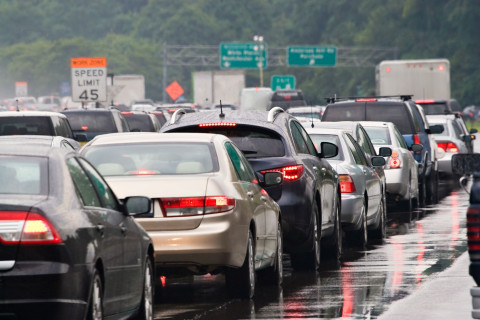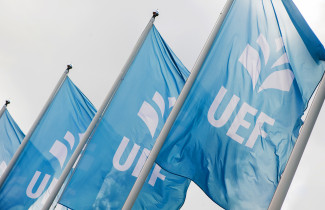Limited resources, including people’s time, requires creating more efficient transportation and conveniences such as efficient lifts transports and road network systems for better living environment.
Urban development is therefore becoming more important. The efficiency of existing real-world lift transport and road network systems can be measured through surveillance equipment such as cameras and global positioning system trackers. However, when wanting to build and deploy new and never-been-seen solutions, data that is required to build it is not existing and needs to be estimated. Simple mathematical models can be used for fast modelling to estimate cars’ energy consumption, simple road network systems’ traffic flows and lift traveling schedules, but real-world situations are often much more sophisticated, and these simple models is unrealistic. For instance, these simple models do not take into account uncertainties like human behaviour, and sudden changes in the environment. Hence, the results of such simple models could be far from reality.
In this thesis, we use multi-agent systems to simulate real-world environment such as car drivers by making smart artificial driver agents to simulate traffic in road networks. The agents behave like how a driver would behave in real-world. For instance, they take the shortest route to their destination but may choose to re-route if they meet with traffic congestion. In the artificial environment, it is easy to change the conditions of the road network system to simulate the immediate effect on the traffic flow.
In this work, we performed two such case studies. First, we study the effects of Singapore drivers on the country’s energy consumption assuming that every car has become an electric car. Second, we study the effects of removal bridges across Joensuu’s Pielisjoki river on the traffic load. We observed that removing Pekkalansilta significantly increased traffic on both Sirkkalansilta and Suvantosilta, but surprisingly caused slight decrease on the use of Itäsilta. Removing Itäsilta or Suvantosilta, however, did not affect the use of Pekkalansilta at all. Removing Itäsilta burdened Suvantosilta most. Removing Suvantosilta would increase traffic to all other bridges.
In Singapore there are many 40 storeys buildings and higher having two to three elevators each. These elevators serve families with children, elderlies on wheel-chairs and working-class people. The lifts have to run very efficiently to transport as many people as quickly as possible with consuming as little energy as possible. The lifts would need to be clever enough to work cohesively with one another to get the transporting job done. A real estate developers need to model this situation when they construct new buildings but often does not know enough what kind of people would actually live in them and yet they need the lifts to operate efficiently for the residents from day one onwards for all kind of people.
The results of the thesis are used as a part of building Singapore as a Smart Nation. Many of Singapore’s infrastructure will be digitally transformed to be intelligent and able to communicate with one another. However, no one has done this before and there is no telling what the outcome would be. Therefore, it is even more important to model and study all aspects of the urban environment, including traffic, to gain insights to plausible and possible outcomes. Singapore Smart Nation initiatives and efforts can be found in my most recent publication titled, ‘Innovating services and digital economy in Singapore’, published in ‘Communications of the ACM’, volume 6, page 58-59, 2020.
Currently, the candidate works as Head of Singapore’s National Research Foundation (NRF), an organization directly under Singapore’s Prime Minister Office. Thomas Ho serves in the Services and Digital Economy directorate in NRF. His main role is to bridge research to businesses and government agencies and help Singapore’s universities and research laboratories find companies and government agencies for their technology deployments. Conversely, he also helps companies and government agencies to build new capabilities by connecting them to the academics and professors so that they can provide real-world problems. In both cases, government may fund the translation work and capability development. Hence, the resource management work of the PhD helps Thomas Ho to ensure that government resources will be wisely spent.
The doctoral dissertation of MSc Thomas Ho Chee Tat, entitled Optimization for resource management using multi-agent systems will be examined at the Faculty of Science and Forestry on the 30th of March 2021 at 10 am online. The opponent in the public examination will be Head of People Flow Planning, Dr. Janne Sorsa, KONE Industrial Ltd, and the custos will be Professor Pasi Fränti, University of Eastern Finland. The public examination will be held in English.



